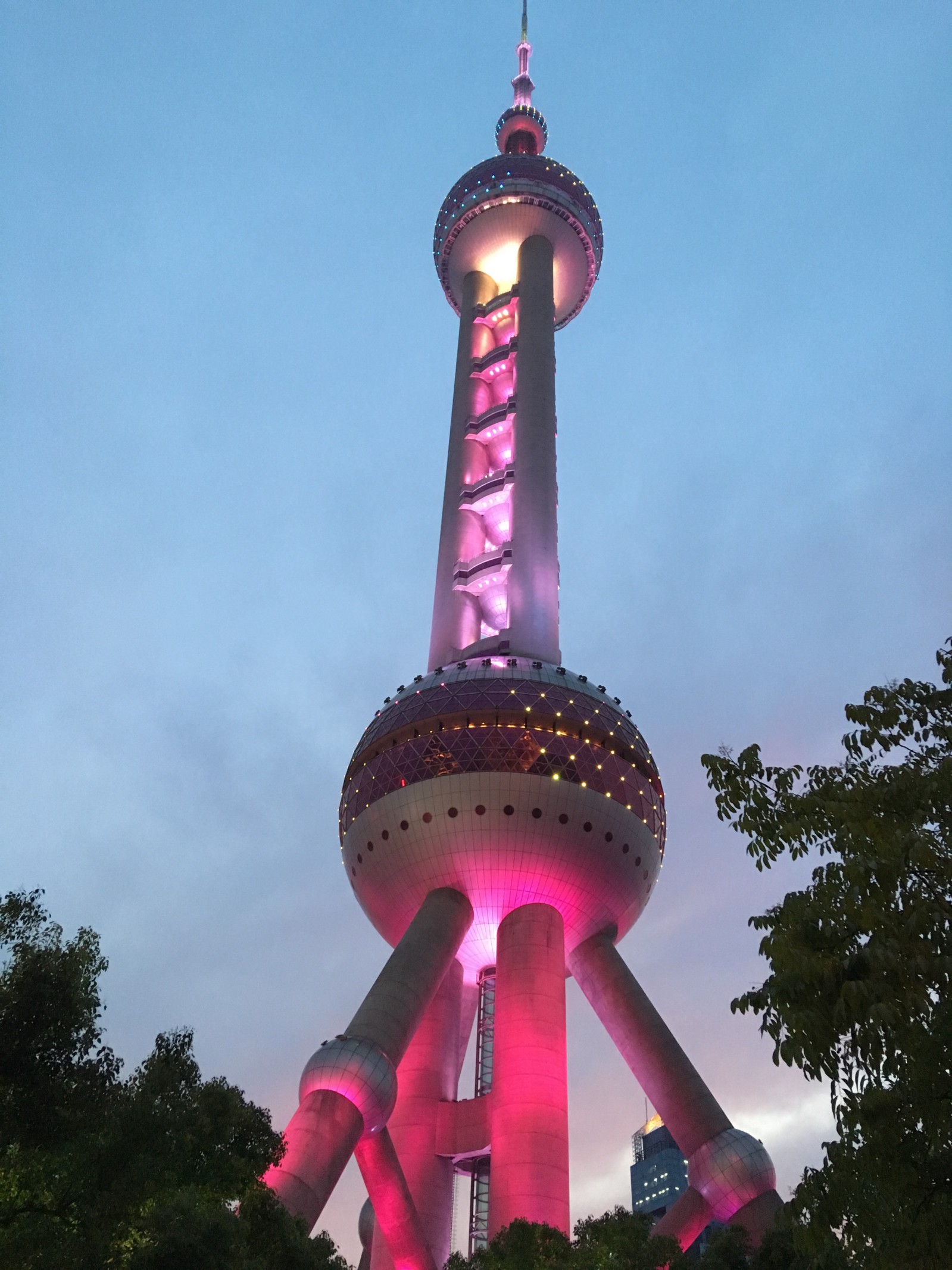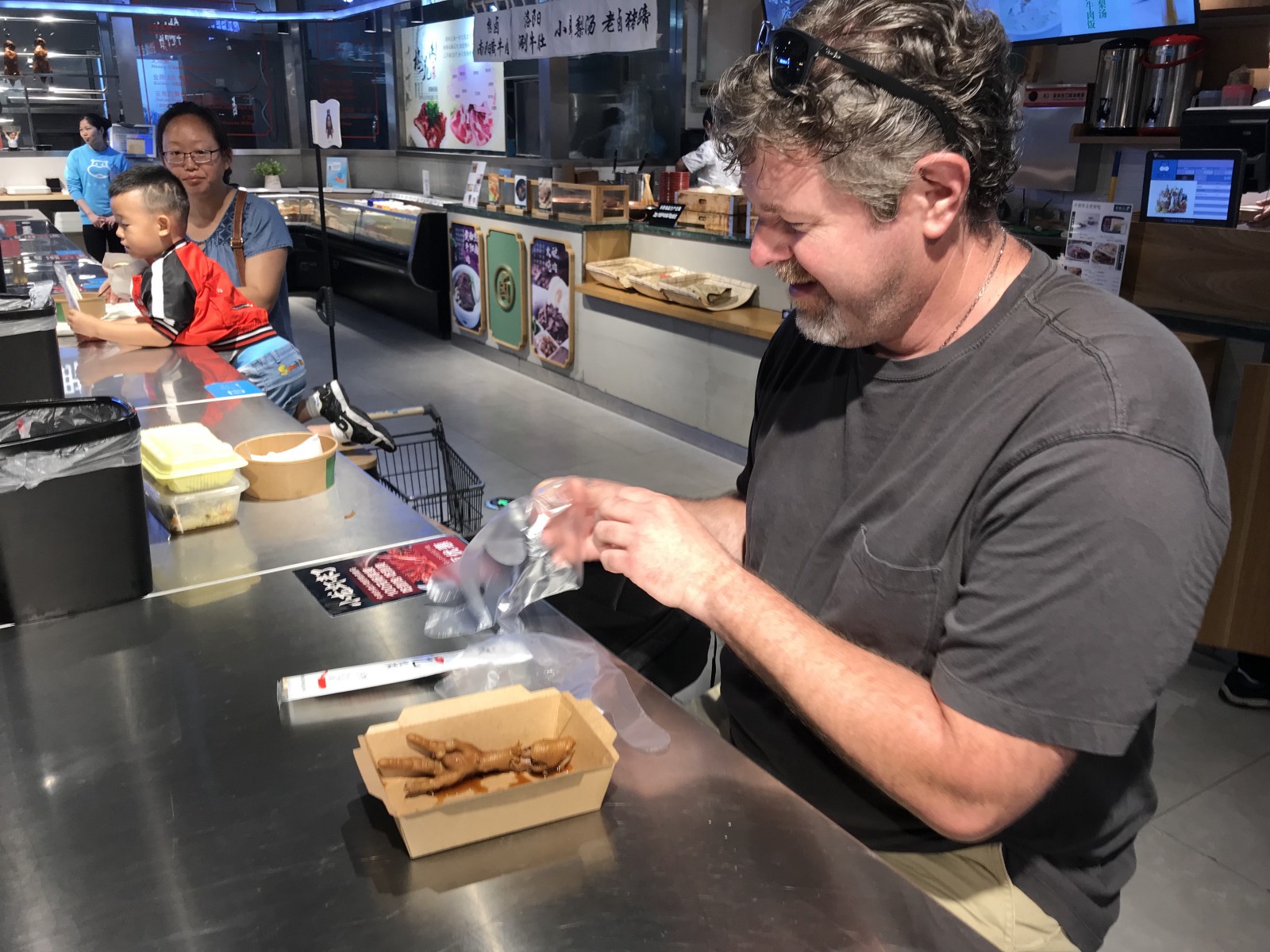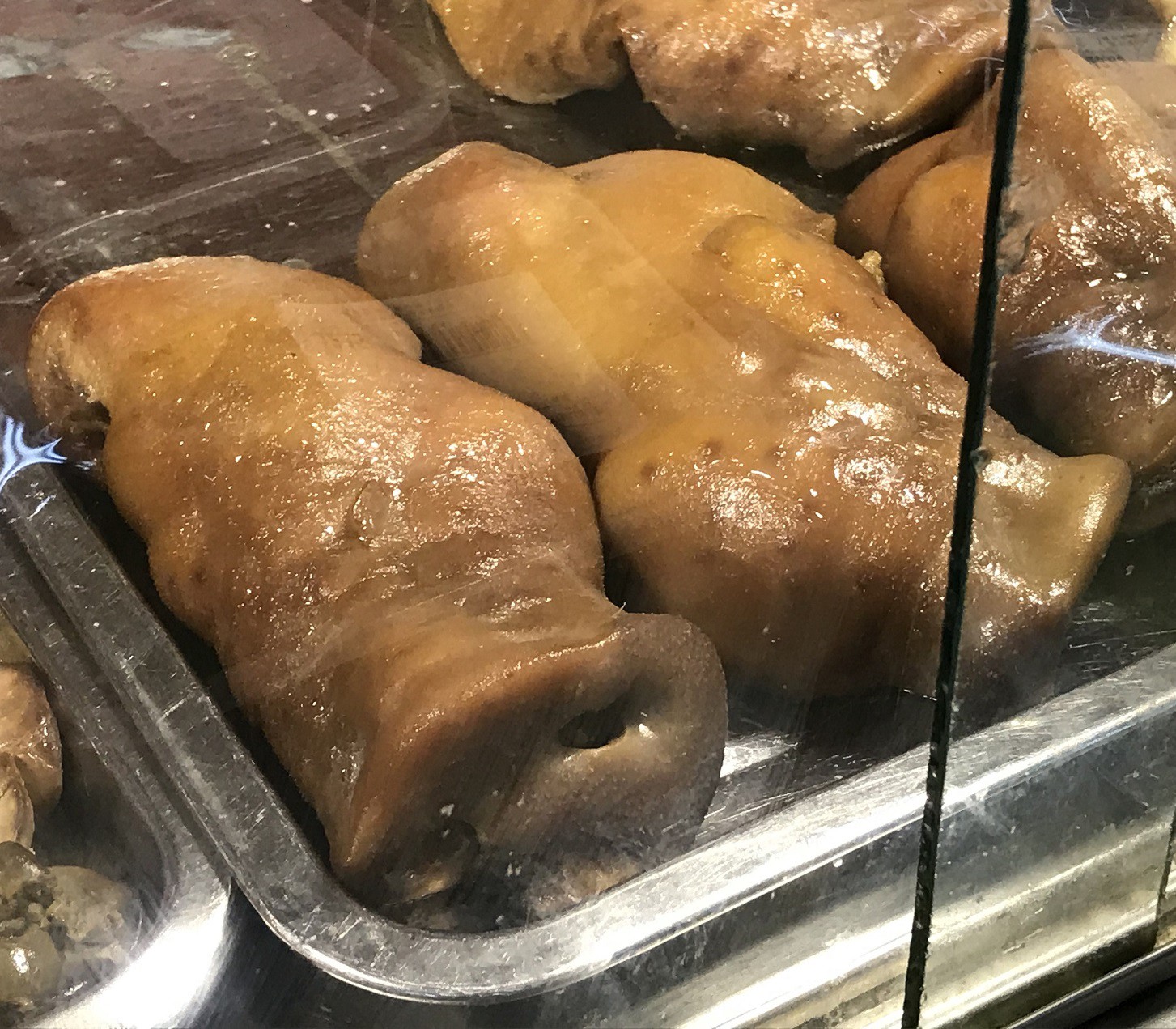The PINE team has been spending some time in China. In our industry there is a lot of press and discussion on China. Alibaba, Ten Cent, Bingo Box, 1.4 billion people, cashless society and more.

We had been to China before but hadn’t seen the most recent changes. We decided to invest in ourselves and make the trip. If we aren’t willing to invest in ourselves how do can we sit across from clients asking them to invest in working with us? And if we don’t have rich experiences at a global level how will the work we are doing be the best possible for our clients? Somewhat rhetorical questions but you get the point. We lined up dates, found an Airbnb and bought our plane tickets. We knew the experience would take us out of our comfort zone, stretch us and help us grow.
For those who don’t know us, we are consultants. We advise brands in the areas of research, strategy and design; adding value that drives their businesses. We know consultants’ outputs are only as strong as their inputs; experiences, projects and problems solved. The answers and inspiration to impact a business aren’t on Google, they are not in the news and they are definitely not on social media.
So far, we’ve spent time with locals, business heads and old b-school friends and have tried to weave ourselves into the society during our stay (breakfast at Family Mart), with one of us indulging in the local delicacy of Chicken feet. All the while staying on top of our project work (the beauty of a connected world).

We even got the chance to facilitate a research session with an MNC exploring the Chinese Post 95 (those born after 95) consumer. The China they were born into is vastly different than previous generations.
We still have plans to spend time with some expats living in Shanghai, visit some more local Chinese retail and go to Hangzhou to visit the headquarters of Alibaba. Expect to hear more from us on what we have learned and if you have anything you think we should check out before we leave definitely let us know.

Btw, none of us has had the guts to try pig snout.
